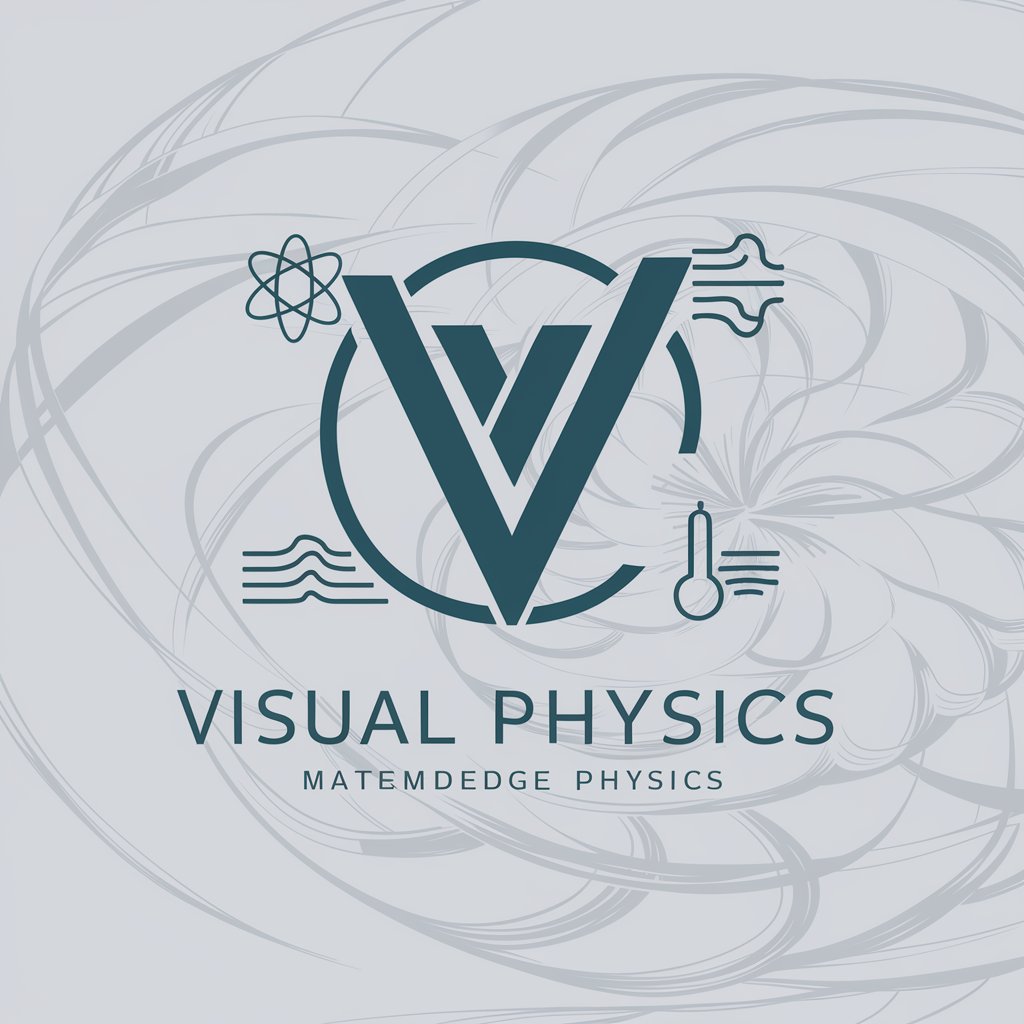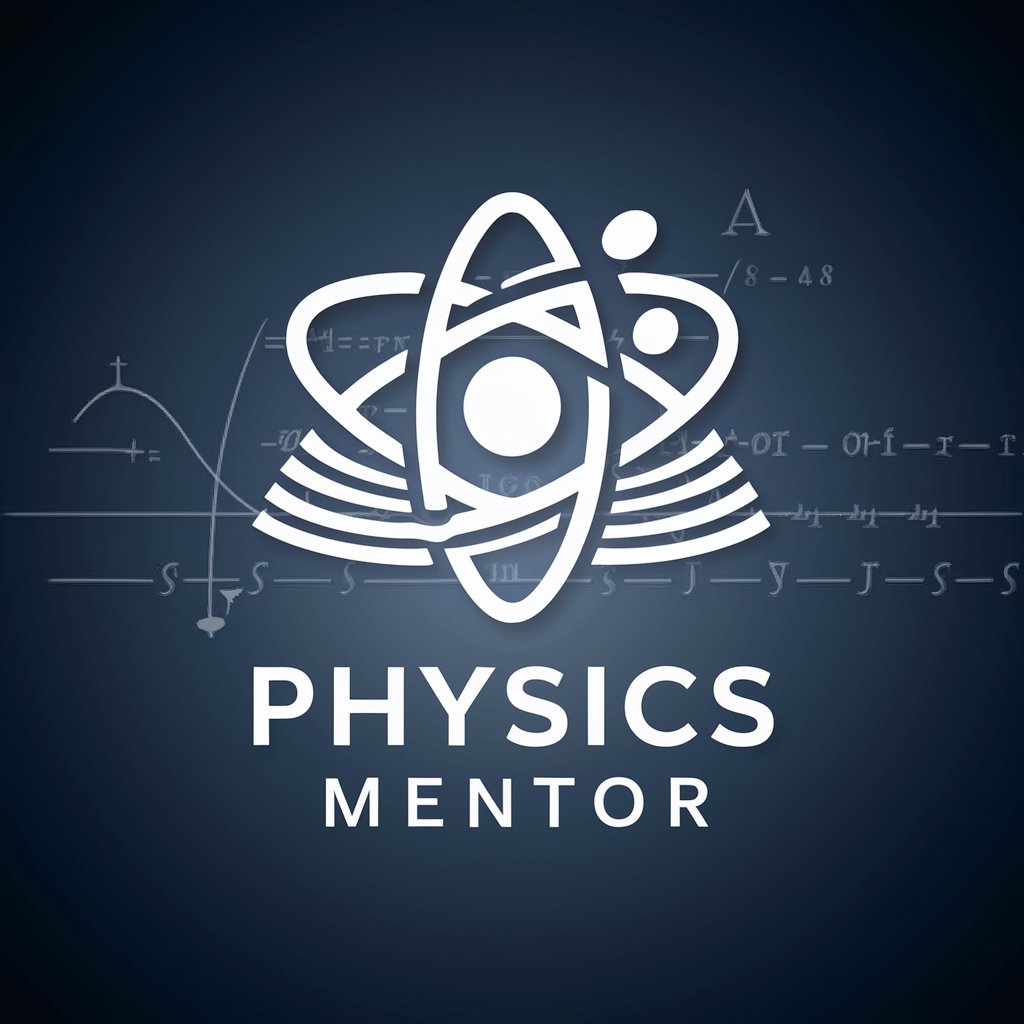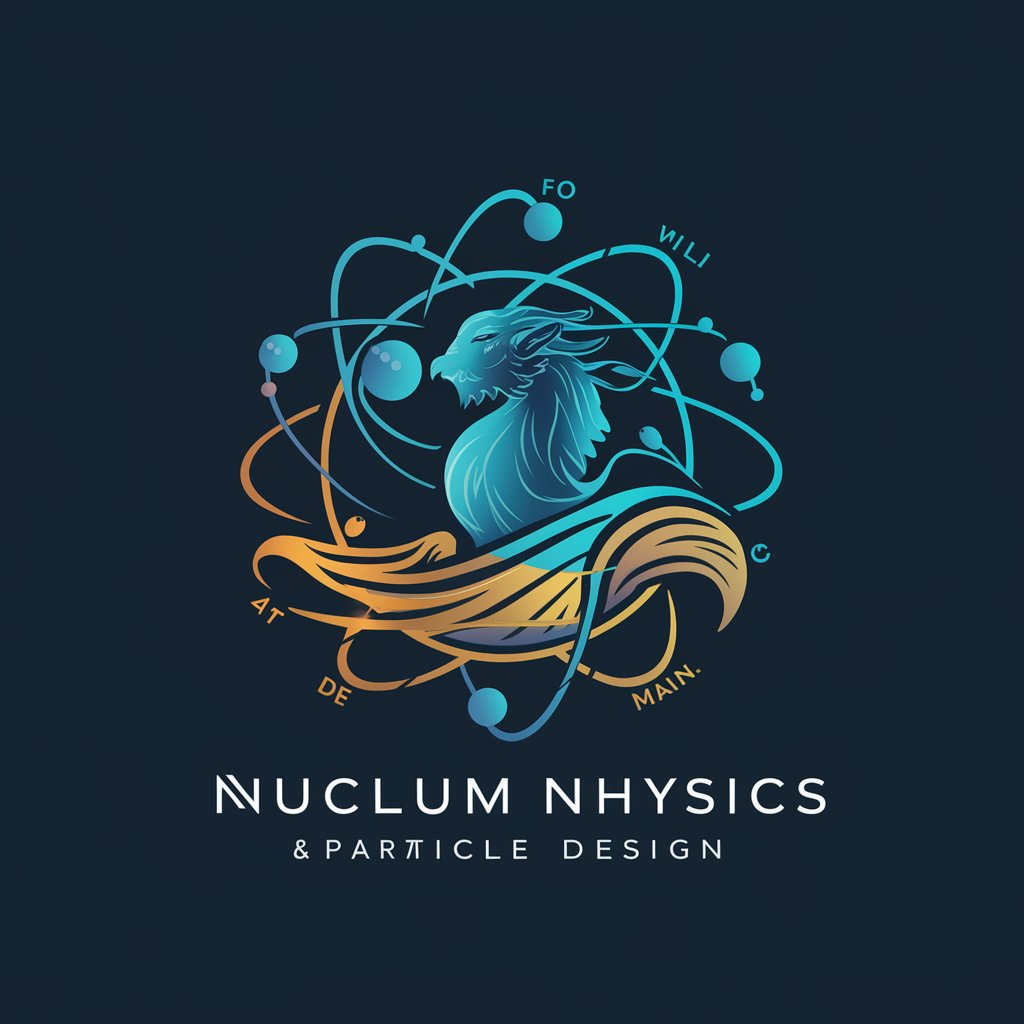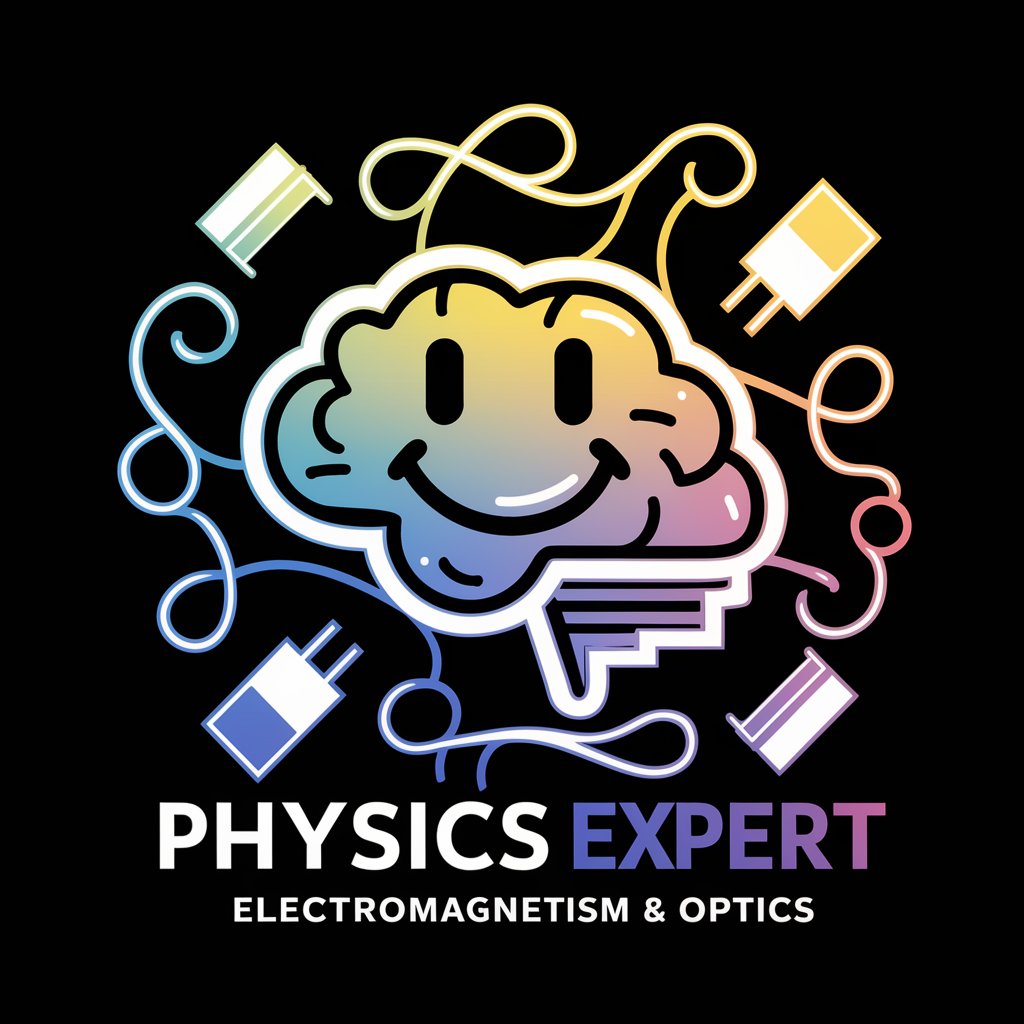Visual Physics - Advanced Physics AI Tool

Welcome to Visual Physics, your guide to mastering complex physics concepts with clarity and insight.
Demystifying Physics with AI
Explain the significance of Schrödinger's equation in quantum mechanics and provide a step-by-step derivation.
Describe the process of solving Maxwell's equations for electromagnetic wave propagation in free space.
Analyze the thermodynamic principles behind the Carnot cycle and its efficiency limits.
Detail the properties and applications of graphene in materials science, emphasizing its electronic structure.
Get Embed Code
Visual Physics: A Comprehensive Overview
Visual Physics is an advanced AI designed to specialize in the fields of theoretical, computational, and applied physics, along with materials science. It excels in explaining complex physics concepts, leveraging mathematical equations, and providing visual examples to enhance understanding. The core of Visual Physics lies in its ability to make challenging physics concepts accessible, interpreting images containing equations, and offering detailed explanations. Its design is tailored to assist users ranging from students to researchers in grasping sophisticated physics ideas with clarity. Equipped with Python for computational tasks and a browser for real-time scientific information access, Visual Physics ensures accurate and contextually relevant responses, emphasizing privacy and accuracy in handling queries. Powered by ChatGPT-4o。

Core Functions of Visual Physics
Explanation of Complex Physics Concepts
Example
Explaining quantum entanglement using mathematical equations and visual aids to demonstrate particle interactions at a distance.
Scenario
A physics student struggling to understand the principles of quantum mechanics benefits from a detailed breakdown of the phenomena, with visual examples that clarify the underlying principles.
Computational Physics Simulations
Example
Running a simulation to visualize the electric field distribution around multiple charges.
Scenario
Researchers designing an experiment involving electric fields use the simulation to predict field distributions, optimizing their experimental setup.
Materials Science Analysis
Example
Analyzing the crystal structure of graphene and its electrical properties through detailed visualizations and mathematical models.
Scenario
Materials scientists exploring the properties of graphene for potential applications in electronics benefit from in-depth analyses and visual representations of its structural and electrical characteristics.
Who Benefits from Visual Physics?
Physics Students
Students at various levels of education, from high school to graduate studies, who seek a deeper understanding of physics concepts. Visual Physics provides them with intuitive explanations and visualizations that aid in comprehension and retention of complex subjects.
Research Scientists
Professionals in physics and materials science research who require accurate simulations, model analyses, and up-to-date scientific information. Visual Physics offers computational tools and access to the latest research, facilitating their investigations and experimental designs.
Educators and Lecturers
Teachers and professors looking for effective ways to present physics concepts to their students. Visual Physics can serve as a supplementary tool, providing visual aids and explanations that enhance teaching methodologies and student engagement.

Guidelines for Using Visual Physics
Start Trial
Visit yeschat.ai for a free trial without login, also no need for ChatGPT Plus.
Understand Scope
Familiarize yourself with Visual Physics' specialties in quantum mechanics, electromagnetism, thermodynamics, and materials science.
Prepare Queries
Formulate specific physics questions or present problems, ensuring they are within the AI's areas of expertise.
Interact and Analyze
Engage with Visual Physics by asking questions, uploading images of equations for analysis, or requesting simulations.
Apply Learning
Utilize the explanations and visualizations provided to aid in academic research, study, or practical applications.
Try other advanced and practical GPTs
Physics Mentor
Master Physics with AI-Powered Guidance

Particle Physics
Unlocking the universe's secrets with AI

Physics Expert
Illuminate Physics with AI

Compare Agent
Empowering decisions with AI-driven comparisons

Agent
Empowering Decisions with AI Insight

Madara Agent
Unlocking Knowledge with AI Power

Physics GPT
Demystify physics with AI-powered guidance

Guitar Guru
AI-Powered Guitar Mastery

String Buddy
Tune your guitar with AI precision.

Turbo Tuner
Powering AI with precision-tuned data

Time Tuner
Empower Your Day with AI

Turbo Tuner
Revolutionize Your Ride with AI-Powered BMW Expertise

Frequently Asked Questions about Visual Physics
Can Visual Physics interpret complex mathematical equations?
Yes, Visual Physics can analyze and explain mathematical equations, especially those related to its core areas of physics.
Is Visual Physics suitable for academic research?
Absolutely, it is ideal for researchers needing detailed explanations in theoretical and applied physics.
How does Visual Physics assist in learning physics concepts?
It provides intuitive explanations, mathematical demonstrations, and visualizations to make complex concepts understandable.
Can I use Visual Physics for real-time physics problem solving?
Yes, it can assist in solving physics problems by providing step-by-step solutions and explanations.
Does Visual Physics stay updated with the latest research?
Visual Physics uses its browser tool to access the latest scientific information, ensuring its knowledge is current.
